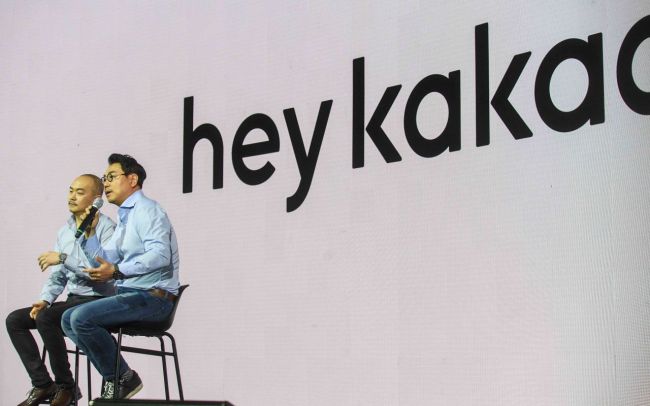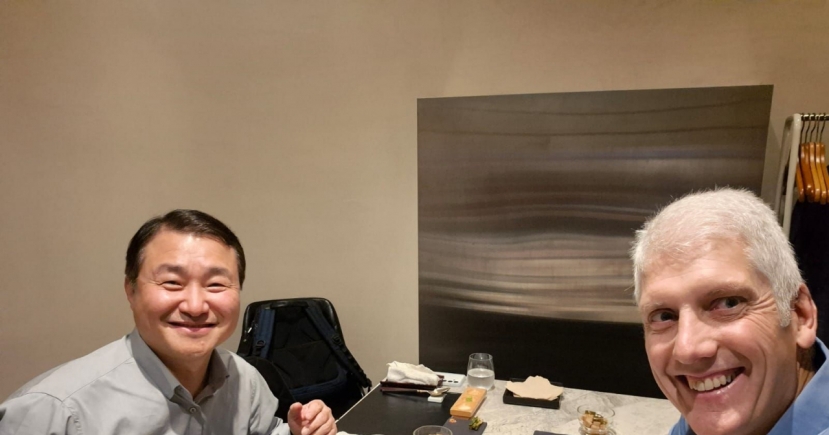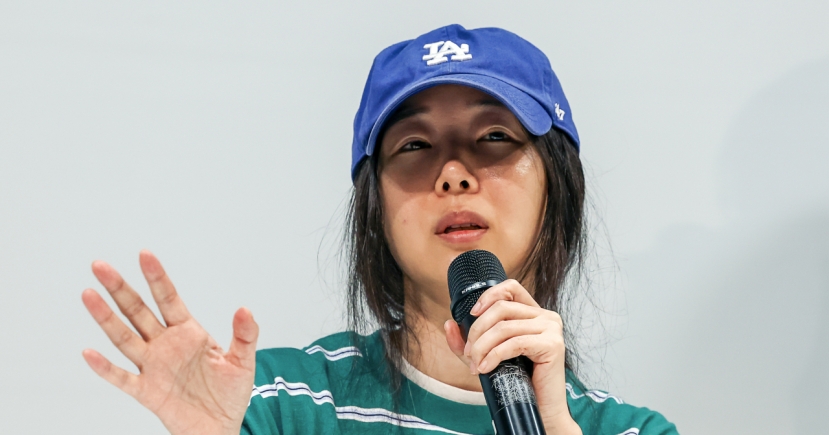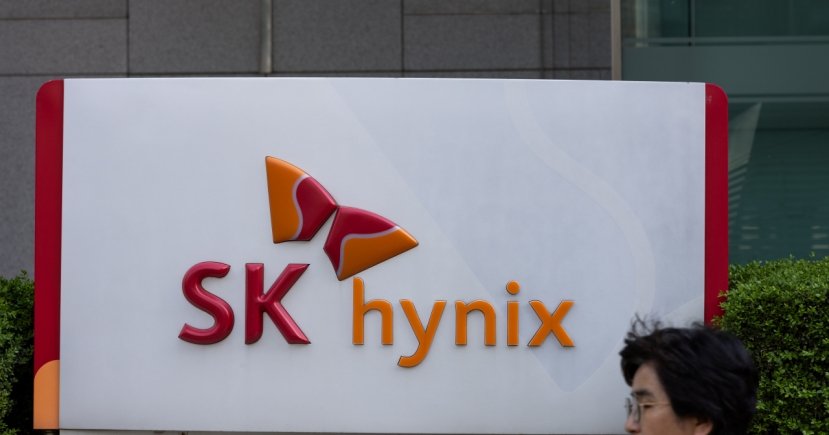Mobile & Internet
Lunch with Kakao’s new CEO Yeo Min-soo
[THE INVESTOR] I’ve never been one to have my numbers called in a lottery.
Naturally, I was pretty unfazed when Kakao announced at a recent press conference that four winners of a raffle would get a chance to have lunch with one of Kakao’s two new co-CEOs.
Despite my initial skepticism, I found that perhaps my fortune fares better when it doesn’t involve prizes like a new TV or rice cooker. My business card, to my utter surprise, was chosen. As a tech reporter, it was pretty exciting, to say the least.
In South Korea, Kakao dominates the mobile technology space. It operates the country’s largest chat app KakaoTalk, and provides widely used services ranging across finance, transportation and content.
And the Korean mobile messaging giant recently took on two chiefs --Yeo Min-soo, executive vice president of Kakao’s advertisement division since 2016, and Joh Su-yong, who has been leading Kakao’s brand and design strategy as chief creative officer.
I, along with one other reporter, was selected to dine with Mr. Yeo. As enthusiastic as I was to learn more about Kakao’s visions and the CEO’s ambitions, I was equally looking forward to just being able to talk to Yeo in person in candor.
For those wondering, we met at a nice Japanese sushi restaurant, with a very “zen” atmosphere, near Kakao’s office in Pangyo, Gyeonggi Province. What was on the table? Lots of quality sushi, alongside hot udon noodles.
Mr. Yeo appeared at our table without his signature thick black glasses to soften his appearance, but was nonetheless full of charisma. Between bites of sushi and sips of beer, we talked about what lies ahead for Kakao.
 |
Kakao’s open blockchain protocol: setting ‘token economy’ into motion
Among all the items we discussed, the biggest topic of the day was blockchain -- which Yeo says Kakao is pursuing as a top priority. To lead the push, the firm has even established a new Japan-based subsidiary dedicated to blockchain, named Ground X.
Blockchain is a distributed ledger database that records and shares transactions among all participants in the network. By nature, blockchain is self-operational, removing the need for a central authority. It’s a technology expected to reshape many existing industries.
Eyeing its potential, Kakao is planning to introduce by the year’s end an open blockchain platform of its own, onto which various decentralized apps can be built, and to court Asian developers.
Yeo took some time to explain exactly what it is the company’s trying to build and why they’re doing it.
Yeo said Kakao is trying to build a “blockchain protocol” similar to the widely known Ethereum or EOS protocols. Such a protocol would host various decentralized applications -- including those developed by Kakao as well as those created by third-party entities.
Compared to existing blockchain protocols, Kakao’s version intends to offer increased scalability and speed -- meaning it will be able to host decentralized apps that handle large amounts of data without significant lags in speed, according to the CEO.
Current blockchain platforms, like Ethereum, are slow, and are not well suited to handle large amounts of data generated by decentralized applications with a large user base. “Given this, Kakao’s blockchain will focus on improving the speed element,” he said.
“If Kakao can introduce an efficient and trustworthy blockchain platform, I think it will really help improve people’s perceptions and attitudes toward blockchain on a new level.”
Then comes the question: What types of blockchain-powered apps and services can we expect to see in the future?
Though he said it’s too early to discuss Kakao’s plans, Yeo cited other examples. One was Steemit, a blockchain-powered social media platform where participants get paid -- in digital tokens called Steem -- for creating and curating content.
If Kakao plans to launch blockchain-powered services of its own -- which will inevitably operate on a token economy model -- isn’t it logical to assume that Kakao will also issue its own crypto coins in the future?
Yes, the creation of a new coin is certainly a possibility down the road, Yeo noted. However, he emphasized that this does not automatically mean Kakao will be pursuing an initial coin offering in the future. The co-CEOs previously confirmed that an ICO was off the table, quashing rumors of a planned token sale.
“Where does a token come from? It could be issued via a public offering, a private offering or issued and distributed in other ways. Many tend to equate token creation with an ICO. But there are many ways to issue and distribute a new token, and an ICO is simply one method,” he said.
Taxis, AI and future KakaoTalk
On top of blockchain, the CEO talked about other issues of the moment, namely taxi-hailing mobile app Kakao Taxi. Its addition of two paid options for faster pickup was forced to be scaled down by the government to the same level as existing call taxi services, at 1,000 won (93 cents).
With a sigh, Yeo lamented the decision, saying the pricing model makes Kakao’s feature “virtually ineffective,” benefiting neither driver nor rider.
“We had set our business model based on careful market research, and wanted to leave it up to the market to decide.” Yeo said. “We’re not trying to force everyone to use it. We just want people who need the option to use it.”
Yeo was more hopeful for Kakao’s artificial intelligence engine development and voice-activated AI speaker, Kakao Mini, which was launched in November.
Currently, the Kakao Mini can play music, call up the day’s weather, read out news and place calls via KakaoTalk.
Yes these are useful, but what’s the future “killer content” that will blow us away?
“Ordering of course. We have to go there as the next step,” Yeo said. By ordering, he means meals, groceries and shopping goods delivered to your home via voice command.
“Think about simply saying, ‘I’d like one bowl of jjajangmyeon with some side soup,’ to have the meal delivered right away. Isn’t that an experience we’ve always dreamed of?”
As an owner of the Kakao Mini myself, I responded, I would certainly look forward to it.
The Kakao Mini is just one part of Kakao’s goal to broaden its role as an all-around lifestyle platform. And it’s an expansion that Yeo hopes to have achieved by the time he ends his term as CEO.
There are so many other topics we didn’t have the time to discuss, but hopefully, I’ll get a chance to check in again with Yeo in another year to discuss new developments.
By Sohn Ji-young / The Korea Herald (jys@heraldcorp.com)








